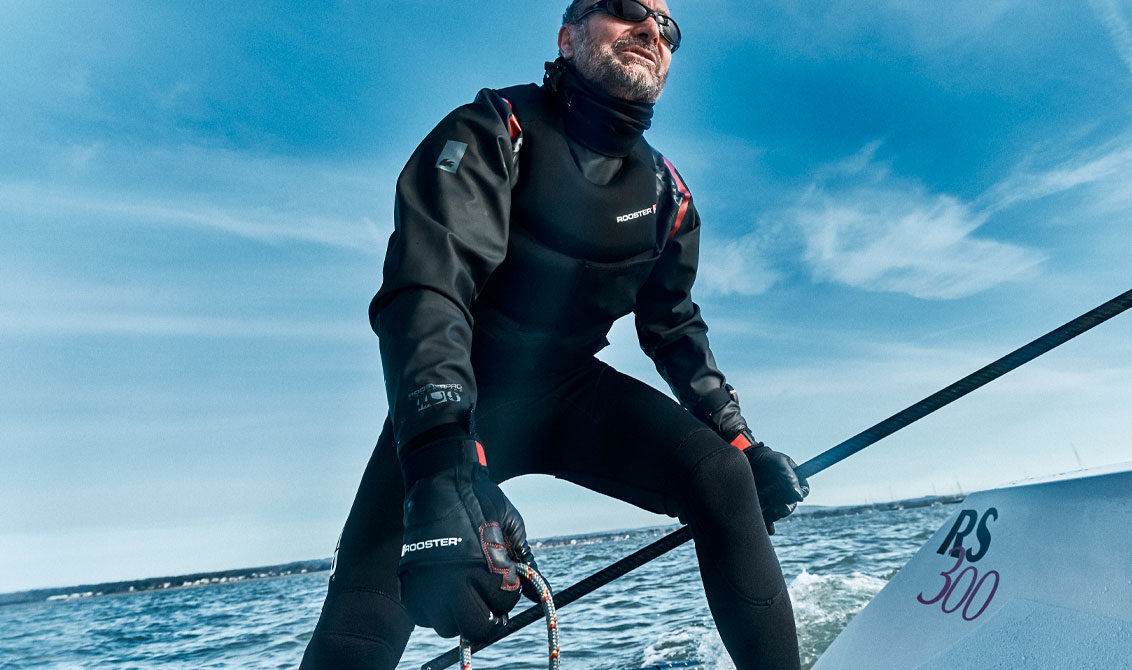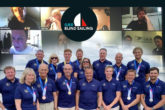PolyPro Base Layer Top PolyPro Base Layer Leggings Pro Aquafleece Top Layer ProLite Aquafleece Top Layer Supertherm Top Superthemr Longjohns
Whether you’re a complete beginner or a seasoned professional, wearing the right kit for the conditions and being comfortable on the water can affect your enjoyment, safety and results.
The buzz word in the technical watersports clothing industry at the moment is “layering,” but what does that actually mean? The idea can be confusing, particularly in winter when too many layers of warm clothing can leave you looking like the Michelin man, unable to move and even getting too hot (You read that right, too hot even in the winter).
Thanks to advances in fabric technology and the way these are applied to the design and fit of sailing kit, you can find that you can get away with a “less is more” approach to your kit bag. Rooster®’s approach to manufacturing watersports kit starts primarily with the end-user in mind. Our products are specifically designed and tested by all of us (and we’re very dedicated to cold weather watersports) to give the wearer maximum comfort, safety and functionality whilst maintaining quality and durability – it won’t break the bank either. These materials have also just had a major rejuvenation in 2020.
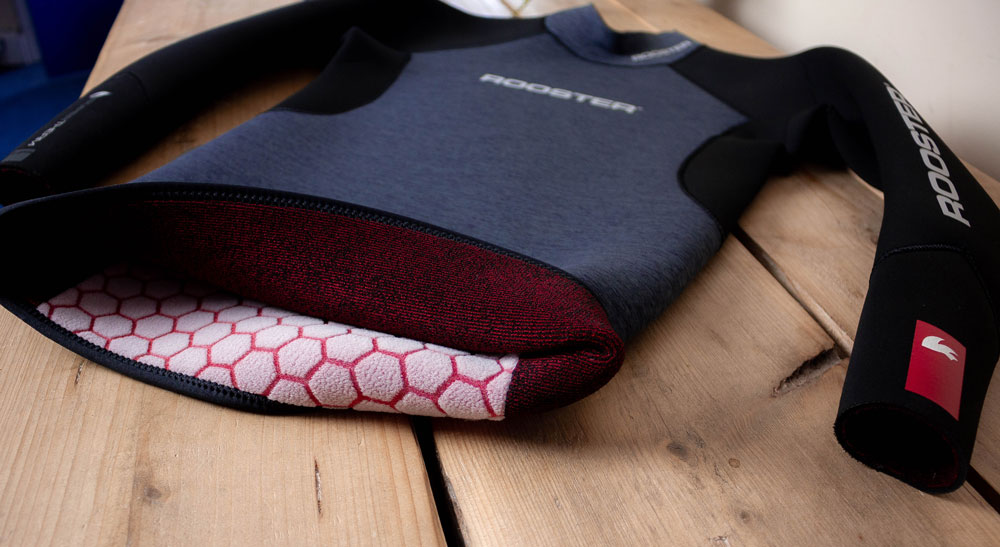
The Rooster® layering concept involves selecting a base layer, mid-layer and top layer that is interchangeable and can be worn all year round – and this is where you get your value for money. Choose pieces that can be layered up or down depending on the temperature and conditions, this is particularly important for Brits who can experience four seasons in one day.
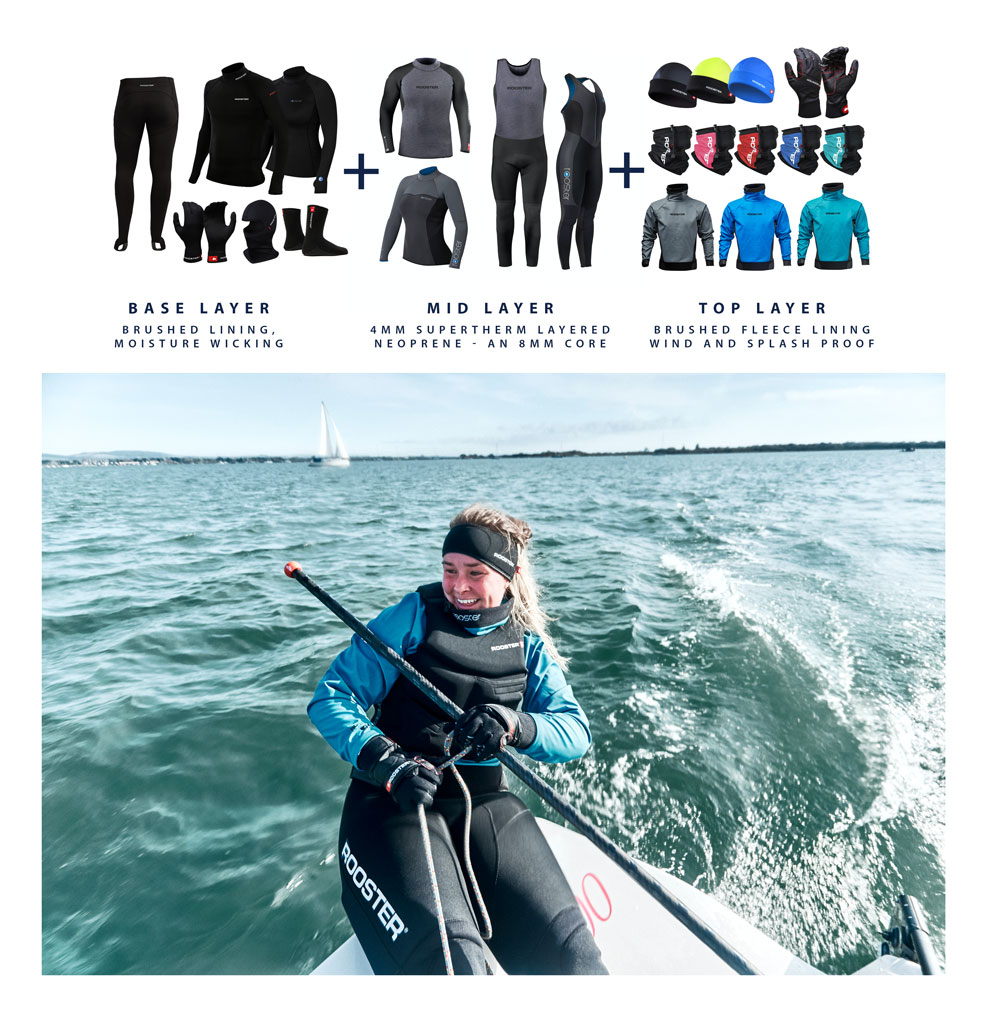
The Rooster® base layer is called PolyPro™ and should be worn next to your skin underneath your wetsuit. Another buzz word in the industry is “hydrophobic” which basically means the material repels water. These base layers can be washed overnight and will be dry by morning, in fact, they feel dry to the touch when you take them out of the washing machine. They’re also multi-purpose and can be used for skiing, winter cycling and running, basically any time you feel like you need to put thermals on. Our PolyPro™ base layers are available as a top, leggings, glove liners, socks, headband and balaclava.
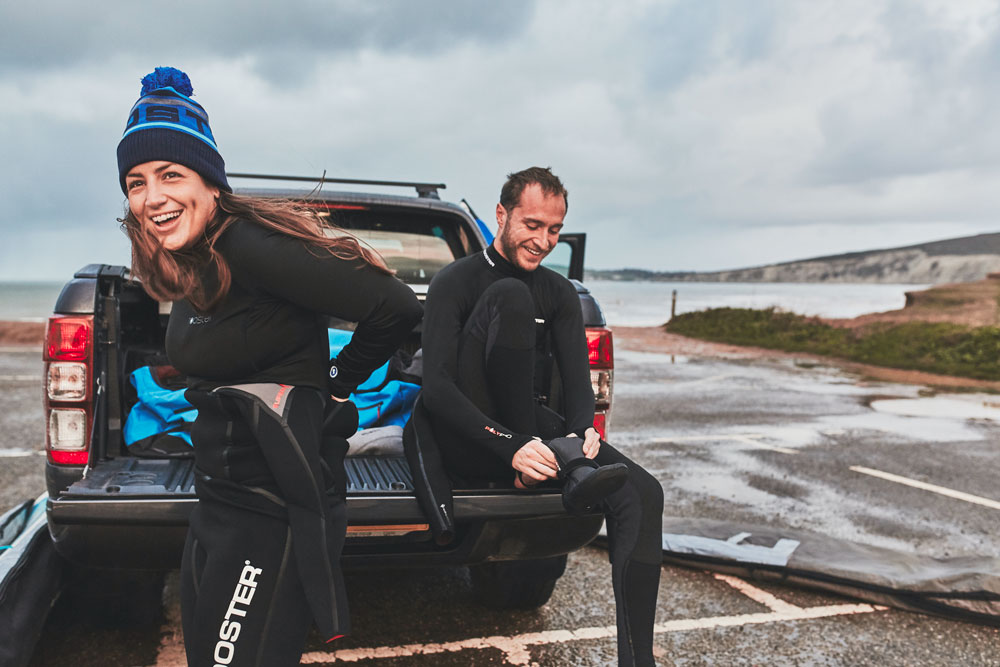
Learn more about polypro ⬎
The mid-layer is your neoprene layer. We recommend choosing a longjohn and top as they can be worn as separates depending on the conditions. We offer these products in a range of thickness to suit the climate the sailor predominately sails in and whether they tend to feel the cold or not. The most popular with our year-round sailors is the SuperTherm® 4mm Longjohn. For the occasional fair-weather sailor or for those lucky to sail in warmer waters, the ThermaFlex® 1.5mm Longjohn would be more suitable. These can be paired up with a top of the same neoprene thickness, however many opt for a thinner layer combining a 4mm Longjohn with a 1.5mm top.
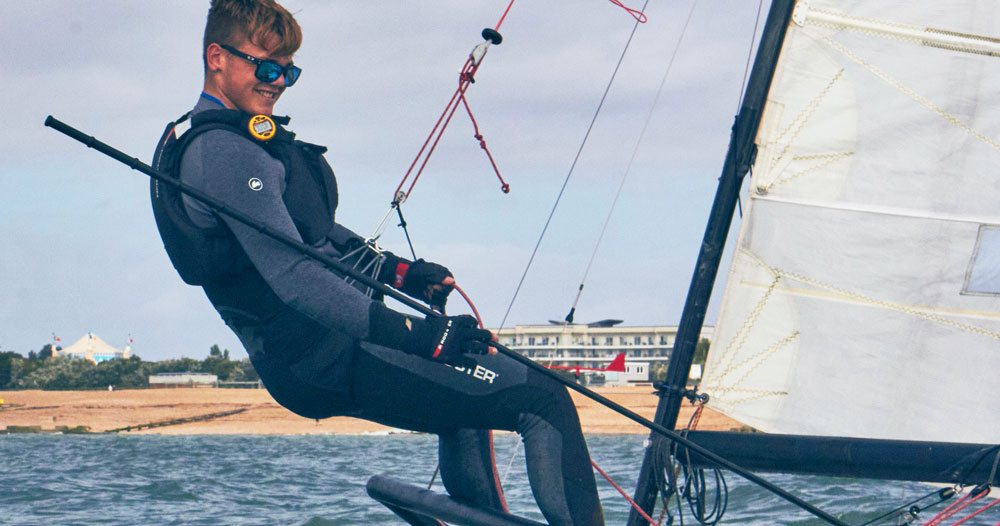
Learn More about Supertherm⬎
Learn More about Thermaflex⬎
Finally, the top layer is probably the cherry on the Rooster® cake. Our development of the Aquafleece® material revolutionised the standard spray top. The fabric has a Polyurethane coating on the outside for water resistance, durability and flexibility combined with a fleece inner layer to keep you snug and warm – a combination that works well when wet or dry. It’s one of those products that people try once and never look back!
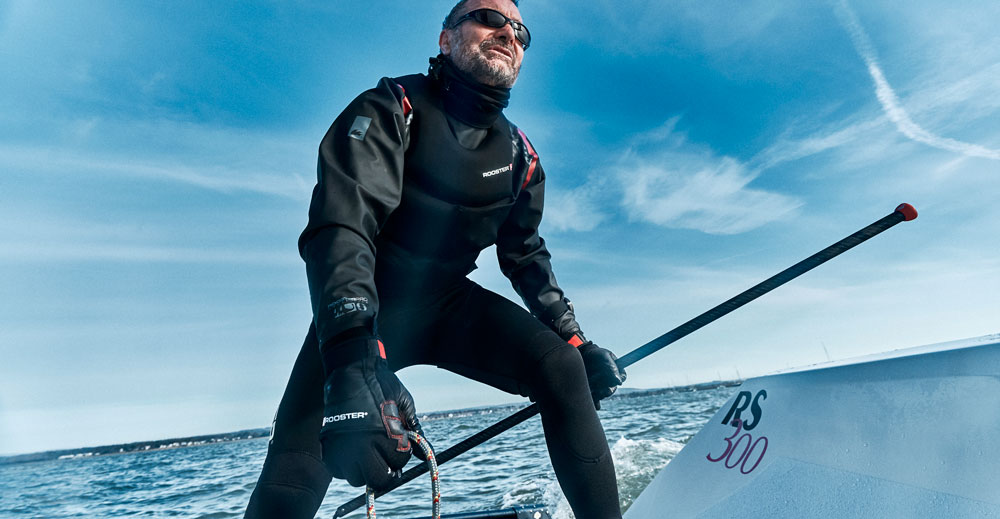
Once you’ve added your accessories – Gloves, Boots, Buoyancy Aid, Hat – you’re ready to go and will be warm, comfortable and moving around the boat like a ninja! Best of all, you’ll have a wardrobe of interchangeable kit that will see you through all seasons.
For advice on layering and which products might work best with your existing kit to give you a heat boost, just give us a call, we’re more than happy to help.
